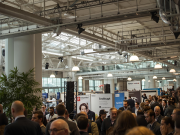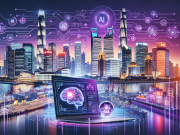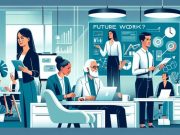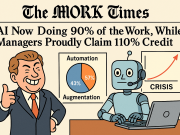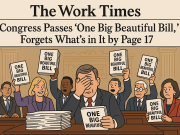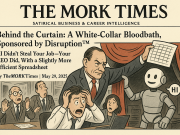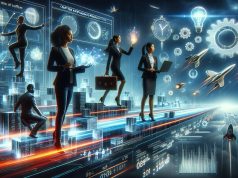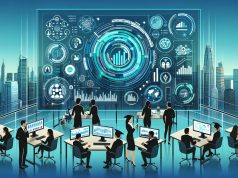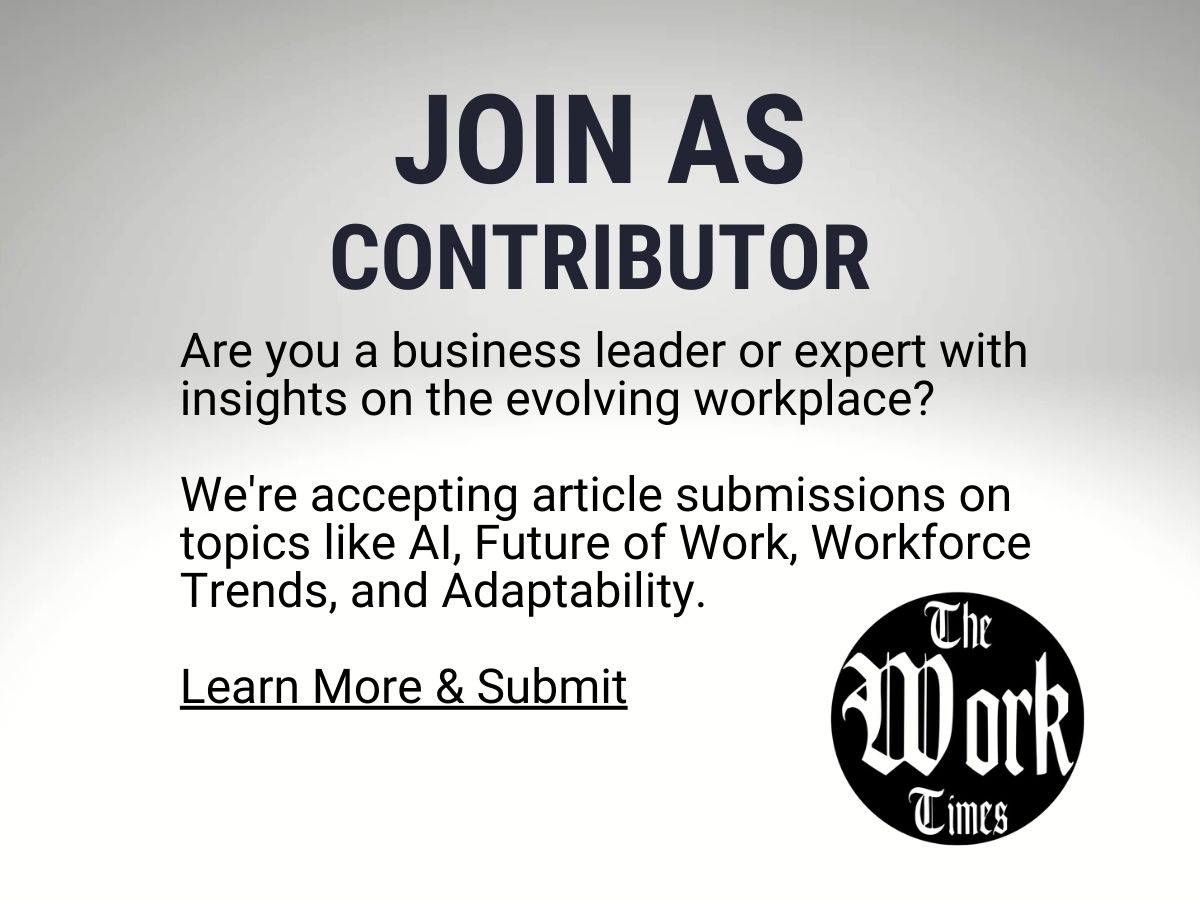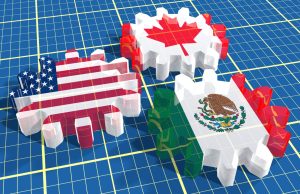Artificial Intelligence (AI) has become a cornerstone of modern governance, promising enhanced efficiency, cost reduction, and streamlined decision-making. In the U.S., federal and state agencies have increasingly turned to AI to optimize workflows, predict economic trends, and improve public services. However, despite these advancements, the notion that AI alone can resolve America’s productivity challenges is a flawed assumption. Without human-centric frameworks, workforce adaptability, and strategic oversight, AI’s potential remains limited.
The recent Paris AI Summit provided a striking illustration of the challenges that come with AI governance. Leaders from across the globe debated the role of regulation, ethics, and oversight in AI deployment. While the European Union and countries like France pushed for stricter regulatory measures to ensure transparency and accountability, the U.S. administration, represented by Vice President JD Vance, cautioned against overregulation that could hinder innovation. The summit underscored a key tension in AI governance: how to balance technological advancement with human adaptability.
AI in American Governance: The Current Landscape
The U.S. government has been leveraging AI across various sectors, from automating bureaucratic processes to enhancing national security. Agencies such as the Department of Defense, the Department of Health and Human Services, and the Internal Revenue Service have integrated AI-driven analytics to optimize operations. AI’s ability to process vast amounts of data and identify patterns has helped improve decision-making and streamline administrative functions.
However, a growing concern is that AI’s rapid deployment is often pursued without a parallel investment in human capital. The assumption that automation alone will lead to higher productivity disregards the crucial role of workers in interpreting, implementing, and refining AI-driven insights. The overreliance on AI without a complementary human-centric approach risks exacerbating workforce displacement, eroding trust in AI-driven systems, and ultimately limiting long-term productivity gains.
The Pitfalls of Relying Solely on AI for Productivity
While AI has demonstrated impressive capabilities, it is not a panacea for productivity challenges. There are several key limitations to consider:
Lack of Contextual Judgment AI systems operate based on data-driven models, but they lack the nuanced understanding of human behavior, emotions, and ethical considerations. Automated decision-making can miss crucial contextual factors, leading to biased or flawed outcomes. For example, AI-driven hiring tools have faced criticism for unintentionally reinforcing biases present in training datasets, highlighting the need for human oversight.
Workforce Displacement vs. Upskilling One of the primary concerns with AI adoption is the risk of job displacement. While automation can enhance efficiency, it often replaces traditional roles without adequate upskilling programs to transition workers into new opportunities. Productivity gains are unlikely to be realized if a significant portion of the workforce remains sidelined by technological disruption.
Data Dependence and Bias AI systems rely on large datasets to function effectively. However, biased or incomplete data can result in flawed predictions and discriminatory outcomes. Without human intervention to audit, refine, and interpret AI outputs, organizations risk perpetuating systemic biases rather than resolving them.
Diminished Human Creativity and Critical Thinking While AI excels at automation and pattern recognition, it struggles with creativity, strategic thinking, and innovation. Productivity is not merely about efficiency—it also requires adaptability, problem-solving, and human ingenuity. AI-driven workplaces that neglect these aspects risk stagnation rather than growth.
Regulatory and Ethical Challenges As seen in the Paris AI Summit, the debate over AI governance continues to be a major issue. Inconsistent regulatory frameworks, ethical concerns, and transparency challenges make it difficult to ensure AI is deployed in a way that truly enhances productivity without causing harm.
The Need for Human-Centric AI Frameworks
To maximize AI’s impact on productivity, governments and organizations must adopt human-centric frameworks that prioritize workforce adaptability, ethical oversight, and continuous learning. Some key strategies include:
- Investment in Workforce Training: Upskilling initiatives should be implemented alongside AI adoption to equip workers with the skills needed to work alongside automated systems.
- Ethical AI Standards: AI governance should incorporate ethical guidelines that ensure transparency, accountability, and fairness in decision-making.
- Collaboration Between Humans and AI: Instead of replacing human roles, AI should be designed to augment human capabilities, fostering collaboration between technology and workers.
- Regulatory Alignment: Governments should work toward establishing common global AI governance principles to balance innovation with ethical considerations.
Looking Ahead: AI, Productivity, and Policy Implications
The ongoing discussions in American governance indicate a shift towards a more balanced approach to AI deployment. While there is recognition of AI’s potential, policymakers are also increasingly aware of its limitations. Initiatives aimed at integrating AI with workforce resilience and adaptability will be crucial in determining whether AI-driven productivity gains can be sustained in the long run.
As part of this broader conversation, the launch of the HAPI whitepaper on February 17, 2025, by TAO and No Worker Left Behind will provide valuable insights into how AI and human adaptability can coexist. This initiative underscores the importance of measuring and enhancing human adaptability in an era of rapid technological change.
Ultimately, AI is a tool—not a solution in itself. The success of AI-driven productivity will depend on how well societies integrate automation with human ingenuity, ensuring that technological progress benefits everyone rather than a select few. By prioritizing adaptability, ethical governance, and workforce development, we can harness AI’s full potential without losing sight of the human element that drives true innovation.

